The allure of the sailing lifestyle captivates many, offering a unique blend of freedom, adventure, and connection to the open sea. For those who wish to document this captivating experience, sailing lifestyle photography emerges as a powerful medium. Whether you’re a seasoned photographer or new to the world of sailing, capturing the essence of the sailing lifestyle through photography can transform your memories into lasting visual narratives. From the graceful motion of a sailboat gliding across the water to the serene beauty of coastal landscapes, every moment on the water holds the potential for a remarkable image. However, mastering the art of sailing lifestyle photography requires thoughtful consideration of composition, timing, and lighting, as well as the right equipment to ensure your captures are both technically precise and artistically compelling. In this guide, we delve into the best practices, essential gear, and creative strategies to help you embrace the sailing lifestyle photography and create photos that truly resonate with your audience.
Key Takeaways
- Invest in the right equipment for sailing photography, including a high-quality camera, wide-angle lens, tripod, and waterproof options.
- Utilize natural light during golden hours for soft, dramatic lighting that enhances sailing moments.
- Frame your shots to capture vast seascapes, include people for storytelling, and focus on intricate details.
- Experiment with unique angles like low shots, boat wakes, and aerial views to add depth to your photos.
- Document the entire journey to tell the story of the voyage, from tacking to navigating and celebrating successes.
- Capture reflections and surroundings by incorporating the horizon, water reflections, and boat shadows into your frames.
- Enhance your photos post-capture with editing to improve color, contrast, and composition, using filters judiciously.
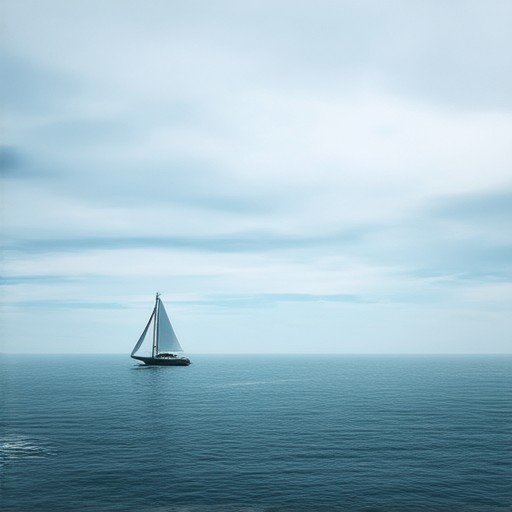
How to Capture the Essence of the Sailing Lifestyle Through Photography
Photography is a powerful medium to capture the spirit of the sailing lifestyle. Whether you’re documenting a serene sunset watch or the thrill of a race, here are expert tips to help you immortalize the magic of life on the water.
1. Embrace the Unique Vessels
Sailing boats, from classic yachts to sleek catamarans, are iconic symbols of the sailing lifestyle. Frame these vessels in your lens, focusing on details like intricate rigging, gleaming hulls, and the open deck spaces that invite adventure. Consider capturing shots that highlight the boat’s character, whether it’s a vintage sailboat or a modern high-tech vessel.
2. Capture the Playful Energy
The ocean is dynamic, and its waves can create stunning patterns and reflections. Experiment with angles that emphasize motion, such as a wave cresting or a kite flying high above the water. These moments capture the joy and freedom associated with sailing.
3. Pay Attention to Light and Color
Light plays a crucial role in photography, especially on the water. Early morning or golden hour light casts long shadows and creates dramatic compositions. Look for colors that pop against the sky, like the deep blues and greens of the ocean paired with vibrant sails or life jackets.
4. Document the People and Stories
People are integral to the sailing lifestyle. Whether it’s a crew member scanning the horizon or a family laughing as they drop their anchor, photos that tell stories are the most meaningful. Include candid shots or portraits that reflect the camaraderie and passion for sailing.
5. Explore Hidden Gems
Don’t just stick to the popular harbors; venture to lesser-known coves and secluded beaches. These untouched landscapes offer unique perspectives and opportunities to capture the untouched beauty of the sailing world.
6. Use Composition Techniques
Frame your shots to emphasize the subject and create visual interest. Try using leading lines, diagonal compositions, or symmetry to guide the viewer’s eye toward the heart of the scene. For example, a lone sailboat against a vast expanse of water creates a sense of scale and isolation.
7. Edit Thoughtfully
Post-processing can enhance your photos, but always aim to stay true to the moment. Adjust colors to reflect the mood of the scene, like softening the blues to evoke calm or intensifying the contrast to highlight drama. Keep the edit subtle to preserve the authenticity of the sailing experience.
8. Collaborate with Other Photographers
Join online communities or local photography groups dedicated to sailing photography. Sharing ideas and learning from others can help you grow and discover new techniques. Many of these communities host contests and exhibitions, giving you a platform to showcase your work.
Ready to take your sailing photography to the next level? Explore the Sailing Photo Awards to discover inspiring content, tips, and competitions that celebrate the art of sailing photography. Submit your own work and become part of a community that shares a passion for the beauty of the sea.
Best Practices for Photographing the Sailing Lifestyle
Photographing the sailing lifestyle requires a unique blend of creativity, technical skill, and an appreciation for the beauty of the ocean. Here are some expert tips to help you capture stunning images that truly reflect the adventure and charm of life on the water:
- Utilize Natural Light:** Golden hours, typically one hour after sunrise or one hour before sunset, often provide the most favorable lighting conditions for photography. These times can create dramatic shadows, highlight textures, and bring out the warmth of the sailboat’s wood tones.
- Composition is Key:** Focus on creating balanced and visually appealing compositions. Use leading lines (like the mast of a sailboat) to draw the eye toward your subject, and apply the rule of thirds to frame your shot effectively.
- Capture Movement:** Experiment with motion blur by photographing sails moving against the sky or waves. This adds dynamism to your images and conveys the energy of sailing.
- Scout Locations Ahead of Time:** Find spots with unique vantage points, such as overlooking a harbor, next to a lighthouse, or near a sunset. These settings often offer iconic backdrops for your photos.
- Consider the Environment:** Respect the surroundings by staying mindful of wildlife, sensitive locations, and local regulations. Many sailing areas are protected, so always adhere to environmental guidelines.
- Use a Tripod for Stability:** A tripod ensures stability, especially in rough conditions, allowing you to focus on composition without worrying about camera movement. This is particularly useful when capturing long exposures or low-light shots.
- Experiment with Angles:** Don’t just shoot straight on. Try shooting from unusual angles, like looking up at the sailboat from the water or capturing the boat from a bird’s-eye view.
- Post-Processing Matters:** Edit your photos to enhance color balance, contrast, and sharpness. Use software tools to correct for exposure issues and remove unwanted distractions in the background.
- Document the Journey:** Capture the smaller moments, like a crew member repairing a rope or the reflection of the sun on the water. These intimate shots can tell a story that goes beyond the perfect pose.
Sailing photography is not just about capturing the boat; it’s about telling the story of the journey. By focusing on these practices, you’ll create images that resonate with others who share a passion for the sailing lifestyle.
Looking to showcase your work? Consider submitting your photos to competitions like the Sailing Photo Awards , where your talent can be recognized and celebrated alongside other maritime photography enthusiasts.
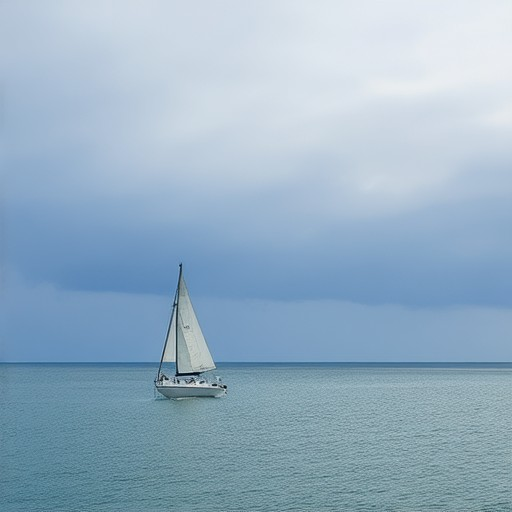
Top Tips for Photographing the Sailing Lifestyle
Photographing the sailing lifestyle requires a unique blend of creativity, technical skill, and an eye for detail. Whether you’re capturing the majesty of the open sea or the intricate details of a sailboat, here are some expert tips to help you excel:
- Choose the Right Equipment : Invest in a sturdy tripod for stable shots and a high-quality camera with a wide-angle lens. A telephoto lens can also be beneficial for capturing distant subjects or details.
- Time Your Shots Wisely : The golden hour, just after sunrise or before sunset, often provides the best lighting conditions. Avoid midday sun, which can cause harsh shadows and washed-out colors.
- Compose Thoughtfully : Use leading lines and symmetry to create visually appealing compositions. Incorporate elements like reflections, waves, and the horizon to add depth to your images.
- Experiment with Light : Play with the available light on board. Backlighting can create dramatic effects, while fill light can soften shadows. Consider shooting during rain or mist for unique atmospheric perspectives.
- Capture the Essence of Sailing : Focus on the motion and energy of the boat, crew, and the interaction between the vessel and its surroundings. Show the connection between the boat and the sea.
- Try Different Angles : Get low to the ground for dramatic perspectives or climb the mast for a bird’s-eye view. Experiment with angles that highlight the boat’s design and the environment.
- Edit Carefully : Post-processing is key. Adjust exposure, color balance, and perspective to bring out the best in your shots. Remove distractions and enhance the mood of the image.
By applying these tips, you can create compelling and memorable photographs that truly capture the spirit of the sailing lifestyle. Explore more resources and inspiration at Sailing Photo Awards to take your photography to the next level.
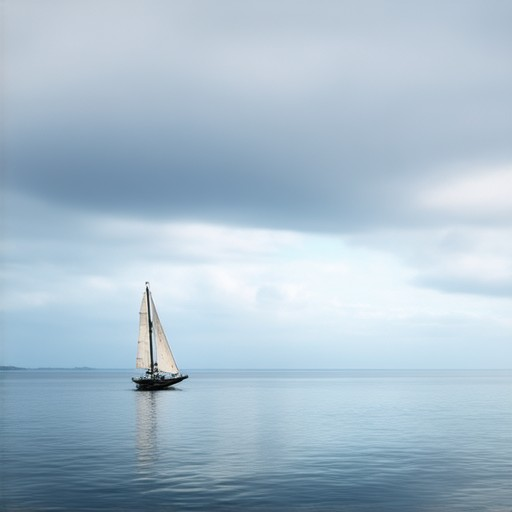
Best Methods to Capture the Sailing Lifestyle and Memorable Moments
Capturing the essence of the sailing lifestyle and its unforgettable moments through photography requires a blend of creativity, technical skill, and an eye for detail. Here are some proven techniques to help you get started:
- 1. Equipment Preparation
- Invest in a high-quality camera with a wide-angle lens, ideal for capturing vast seascapes.
- Bring a sturdy tripod to stabilize your setup, especially on moving boats.
- Consider a waterproof camera or a durable, weather-resistant option for outdoor use.
- 2. Lighting Strategies
- Utilize natural light during early morning or late afternoon hours for soft, directional lighting.
- Look for dramatic shadows and silhouettes, especially during sunset or sunrise.
- Experiment with backlighting to create sharp contrasts and highlight features like sails or the horizon.
- 3. Composition Techniques
- Frame shots to emphasize the vastness of the ocean, using a wide-angle perspective.
- Include people or crew members to add a human element and tell a story.
- Focus on details like intricate rigging, waves, or the boat’s reflection on the water.
- 4. Unique Perspectives
- Get low to the ground for unique vantage points and perspectives of the boat and surroundings.
- Capture the boat’s wake or the trail left behind in the water for dynamic compositions.
- Experiment with angles, such as shooting from the bow or looking upwards towards the mast for aerial views.
- 5. Capture the Journey
- Document the progression of the voyage, from departure to arrival, to showcase the passage of time and the journey’s significance.
- Highlight the crew’s interaction and camaraderie, adding a personal touch to your photos.
- Consider the boat’s movement and how it interacts with the environment, creating opportunities for dynamic shots.
- 6. Explore the Surroundings
- Capture the boat’s relationship with its environment, including the horizon, distant landmasses, and the sky.
- Look for reflections off the water surface, especially during calm conditions or at sunrise/sunset.
- Incorporate the boat’s shadow or silhouette against the sky for striking images.
- 7. Post-Capture Enhancements
- Edit your photos to enhance color, contrast, and composition using software tools.
- Adjust exposure settings to bring out details in the sails or the sea.
- Use filters sparingly to enhance the mood without over-processing your images.
By combining these techniques, you can create a portfolio of sailing photography that truly captures the essence of the lifestyle and its most memorable moments. Whether you’re documenting a solo adventure or a crew-driven journey, the right approach will leave a lasting impression.
For more inspiration and resources, explore Sailing Photo Awards and discover the latest tips, contests, and galleries dedicated to sailing photography.
Best Methods to Photograph the Sailing Lifestyle
Photographing the sailing lifestyle offers unique opportunities to capture stunning landscapes, dynamic action, and memorable moments. Here are expert tips to help you excel:
- Equipment Setup
- Use a high-quality camera with a wide-angle lens for capturing vast seascapes.
- Consider a tripod for stability, especially on moving boats.
- Bring a variety of lenses, including a telephoto for distant subjects and a macro for details.
- Equip with lighting tools like reflectors to manage shadows and enhance scenes.
- Timing and Moment Capture
- Shoot during golden hours for soft, dramatic lighting.
- Capture action shots using fast shutter speeds and panning techniques.
- Be ready to adapt quickly to changing conditions and compositions.
- Composition Techniques
- Utilize leading lines like the sailboom or rigging to frame shots.
- Explore symmetry, especially when the vessel is centrally positioned.
- Include the horizon or water reflections for depth.
- Apply the rule of thirds and golden triangle concepts for balanced shots.
- Organization and Preparation
- Create a checklist to ensure essential gear and setup are readiness.
- Keep boat areas tidy for quick, spontaneous shots.
- Carry backup storage solutions like portable drives or extra SD cards.
- Post-Processing Enhancements
- Edit photos to correct exposure, color balance, and remove distractions.
- Crop images to refine composition post-capture.
- Share your work on platforms like Instagram or sailing-specific communities.
- Environmental Considerations
- Respect wildlife and natural habitats to maintain ecosystem balance.
- Stay informed about weather conditions and safety risks.
By focusing on these methods, you’ll not only capture the essence of the sailing lifestyle but also create timeless memories and stunning visual narratives.
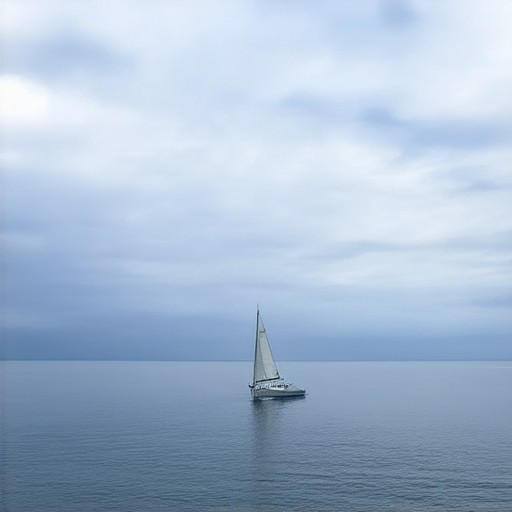
What Are the Best Tips for Capturing the Essence of the Sailing Lifestyle Through Photography?
- Choose the Right Angles: Capture the dynamic aspects of sailing by experimenting with angles. A perfectly framed shot of a sailboat mid-hoist or a vessel navigating rough waters can convey the thrill of the lifestyle.
- Play With Light and Shadows: The golden hour, whether sunrise or sunset, often offers dramatic lighting that highlights the texture of sails and the reflection on water. Experiment with backlit scenarios to add depth to your photos.
- Capture Movement and Energy: freezing the moment when a boat just missed its mast or a wave is about to crash can create impactful images that resonate with the adventurous spirit of sailing.
- Focus on Details: Don’t overlook smaller elements like the intricate patterns of rigging, the weathered look of a wooden hull, or the frothy crests of breaking waves. These details can tell a story of the journey.
- Embrace the Environment: Incorporate the surrounding landscape into your shots. A lone sailboat against a vast ocean or a small boat nestled between two cliffs can make your image stand out.
- Experiment With Perspectives: Try unique perspectives like a low-angle shot from the deck or a bird’s-eye view from a drone. These can offer fresh takes on familiar scenes.
- Document the Journey: Capture the process of sailing—tacking, hoisting, navigating, or simply enjoying the calm after a storm. These behind-the-scenes moments can reveal the dedication and passion behind the lifestyle.
- Engage With the Community: Connect with fellow sailors and photographers who share your passion. Join forums, groups, or competitions like the Sailing Photo Awards to gain insights and inspiration.
By focusing on these tips, you can create photographs that not only capture the beauty of sailing but also tell compelling stories about the lifestyle itself. Remember, the most meaningful shots often come from connecting deeply with the subject and the environment around you.
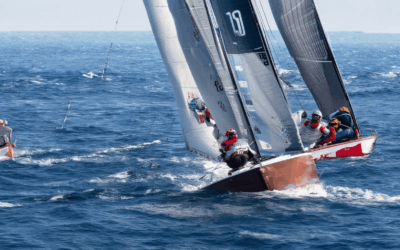
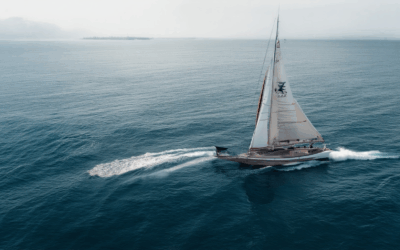
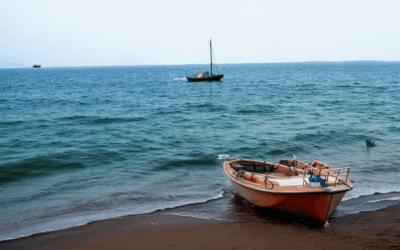
0 Comments